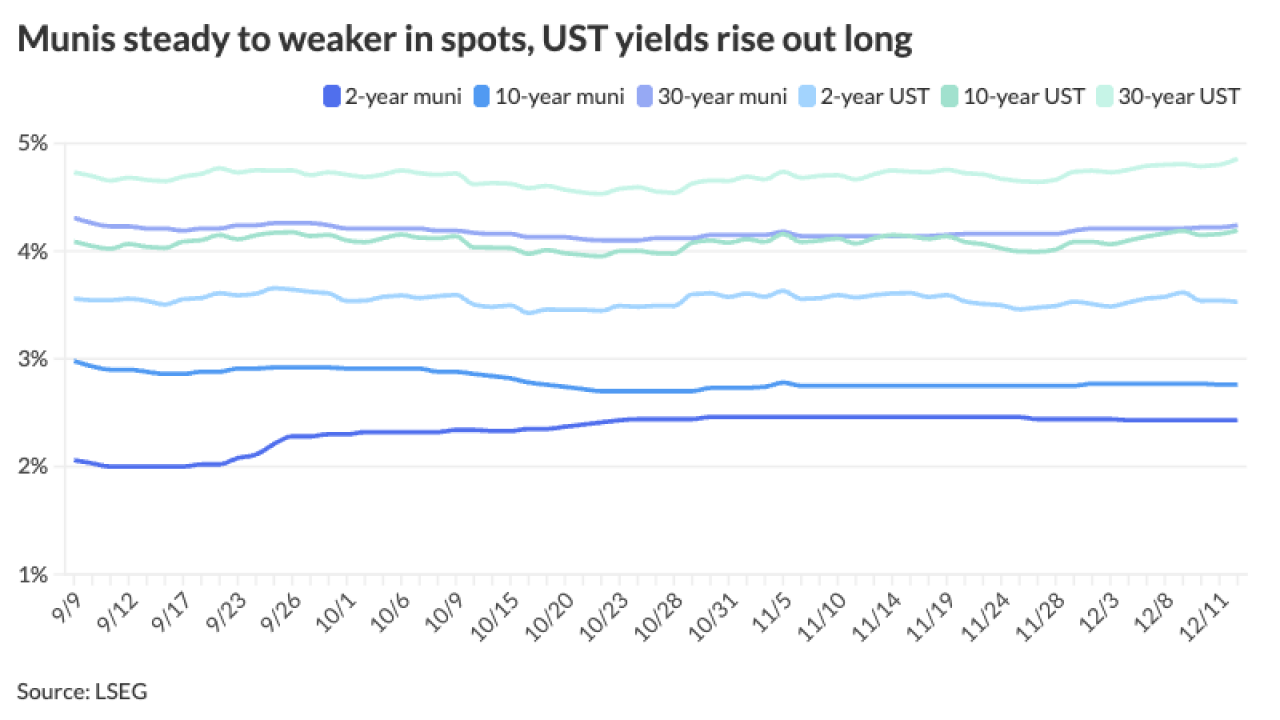WASHINGTON — Programs that allow localities to issue bonds to finance loans for homeowners seeking energy-efficient upgrades have hit a wall after a federal regulator directed mortgage giants Fannie Mae and Freddie Mac to tighten their underwriting standards before they purchase mortgages tied to the loans.
The programs, known as “property assessed clean energy,” or PACE, programs, were set to receive about $150 million of seed money from last year’s stimulus law.
But in a statement released Tuesday by the Federal Housing Finance Agency, the regulator said PACE programs pose “significant safety and soundness concerns” for the mortgage purchasers because they “disrupt a fragile housing finance market and long-standing lending priorities.”
The regulator’s statement marks the latest development in an ongoing controversy surrounding the PACE programs, centered on the fact that in most of them a loan would have first-lien status, meaning it would take priority over a mortgage in the event a homeowner defaults.
In other words, proceeds from a foreclosure would pay off the loan before the mortgage.
“We had a real concern that this was a safety and soundness issue, not just for Fannie and Freddie or for banks, but also for the homeowners themselves,” said FHFA general counsel Alfred Pollard.
At least 21 states and the District of Columbia have given localities the ability to issue bonds to finance PACE loans, according to the database of state incentives for renewables and efficiency at North Carolina State University. Most of those programs were just getting off the ground and now are suspended or cancelled due to the government-sponsored enterprises’ resistance — a prudent move, according to Pollard.
“We suggested that a pause would be a good idea,” he said. “The first lien has to be addressed.”
Most PACE-style programs are structured so that loans are repaid via an additional property tax assessment, which stays with the home even if it changes owners in the future.
That arrangement made the mortgages unpalatable to Fannie and Freddie, which informed mortgage providers in a May letter that the energy liens could not take priority over mortgages.
Local officials in states with PACE programs said yesterday they’re in waiting mode — hoping the programs will survive, wondering if legislation or legal measures could fix the problem, and awaiting guidance on the stimulus funds from the Department of Energy, which disburses them.
Congress may be the fastest route to fixing the problem, said Cliff Staton, vice president of marketing for Renewable Funding LLC in Oakland, which helps governments put together PACE initiatives. Several senators and House members are on board supporting the idea, he said.
There are “hundreds of millions of dollars of local funding that appears to be at risk, and these programs seem to be grinding to a halt,” said Ken Alex, senior assistant attorney general for California. “It’s depressing .… We are very interested in looking at the potential for a congressional fix” as well as “evaluating” whether legal means could preserve the program.
San Francisco launched its PACE initiative in April, expecting to issue as much as $150 million of bonds to support the loans. But before any loans were approved or bonds issued, too many doubts had arisen as to whether the loans would be viable with Fannie and Freddie mortgages, and the initiative had to be placed on hold, Staton said.
Other PACE programs in California are in doubt as well, according to Matthew Messina, associate program manager for PACE at the California Center for Sustainable Energy.
“Given present circumstances, the outcome of those discussions, and the inability for us to come to a middle ground on this, we have to go back to the drawing board and re-evaluate things,” Messina said. “I don’t think it means the program is dead, [but] in the near term we are not going to be launching a PACE program. The way that the letter from FHFA outlined things, it was pretty definitive about a PACE or PACE-like program and how it can potentially red-line the entire community.”
New York State’s program is on hold following Tuesday’s announcement, and so are its early plans for potential bond issuance.
Boulder County, Colo., shelved the residential portion of its program on June 29, citing “complete resistance” from the FHFA and the GSEs in a letter sent to program partners.
Last year, the county sold about $8 million of mostly taxable bonds to finance PACE loans. It was unclear what would happen with the proceeds. County officials could not be reached for comment.
In the letter, county commissioner Cindy Domenico wrote: “We are extremely disappointed by the lack of flexibility and vision we’ve encountered with the FHFA, and with Fannie and Freddie, and we’ve been working closely without congressional members to try to resolve these issues as quickly as possible.”
Although the number of states adopting PACE-like programs has grown, the amount of municipal bonds offered to finance the loans has been relatively meager, according to market participants.
Sonoma County, Calif., has financed about 1,000 PACE loans since it adopted the program in 2008, according to deputy counsel Kathy Larocque. The county issued taxable debt monthly to finance the loans, which it warehoused with the county treasury until it grew to a size that could be publicly offered to the market.
With roughly $30 million now issued, Sonoma was getting ready to go to market with the debt, but officials have put those plans on hold given recent developments.
“It would depend on market appetite,” said Larocque, adding that the county has stopped taking and processing applications until at least next week.
For homeowners who have already leapt into the program, the FHFA clarified in its statement that those mortgages would be grandfathered in and still would be eligible to be purchased by Fannie and Freddie.
However, in future dealings, the GSEs will need to tighten their underwriting standards, including tightening borrower debt-to-income ratios and adjusting loan-to-value ratios to account for possible PACE loans.





